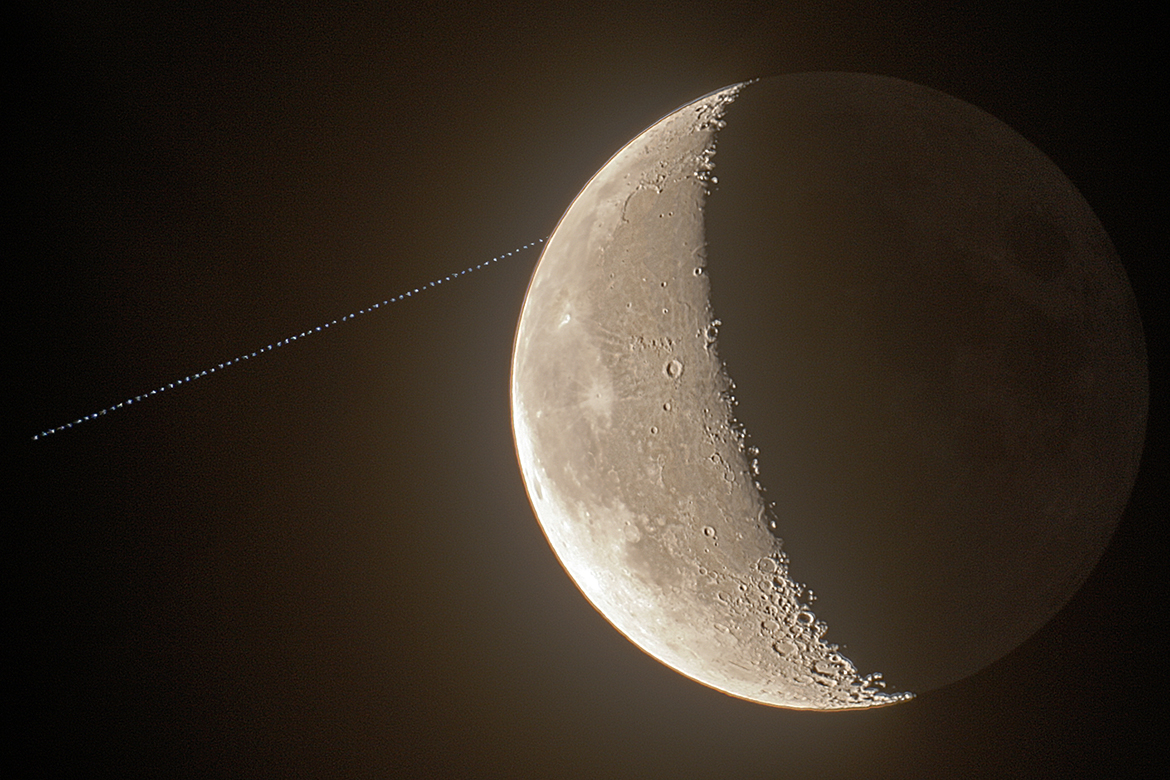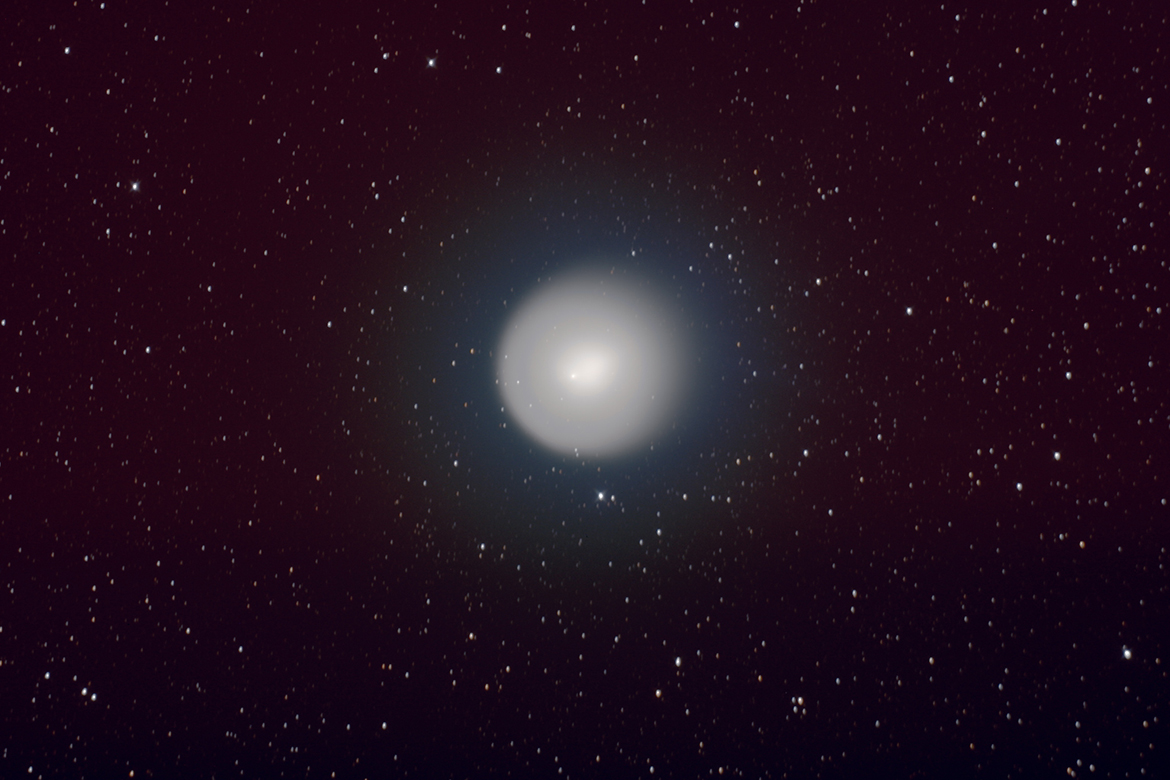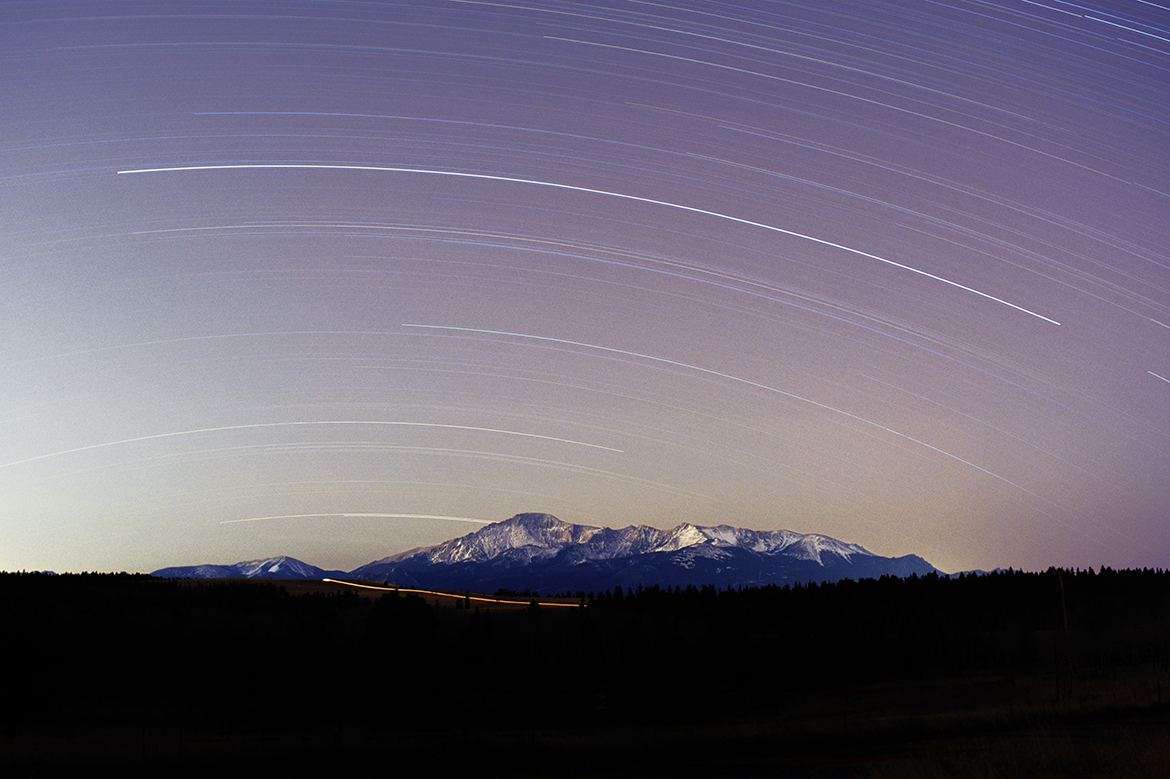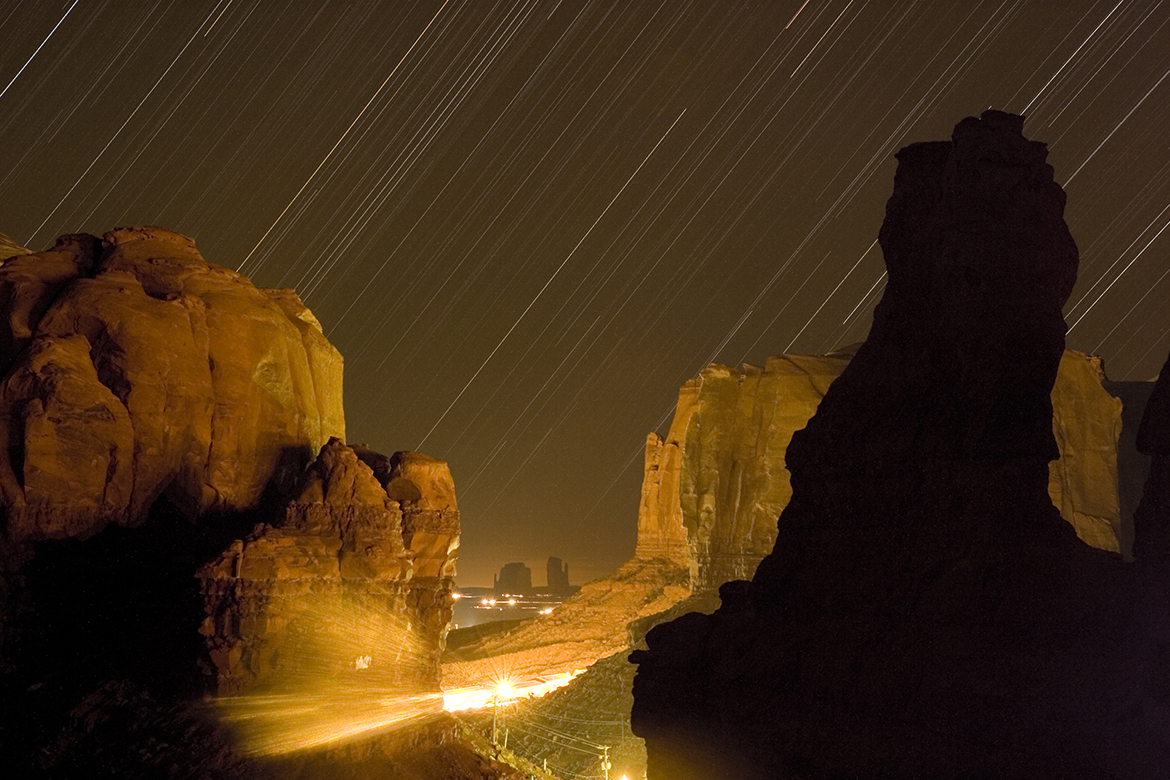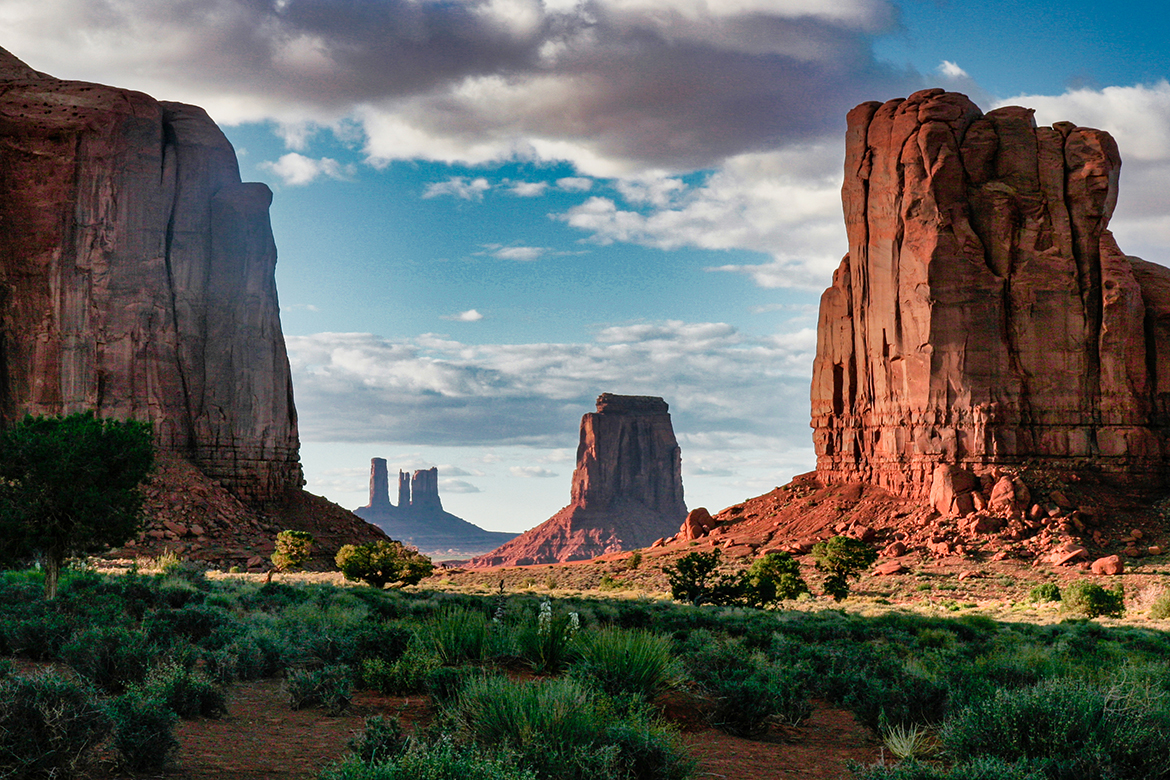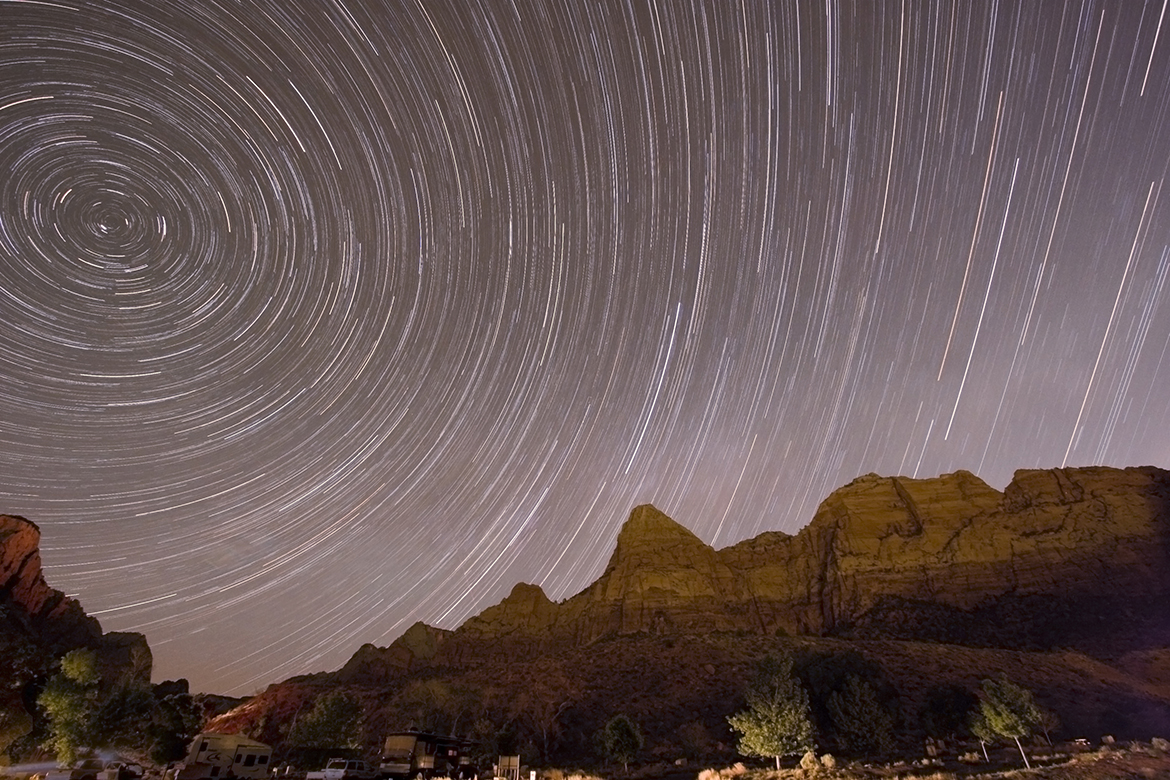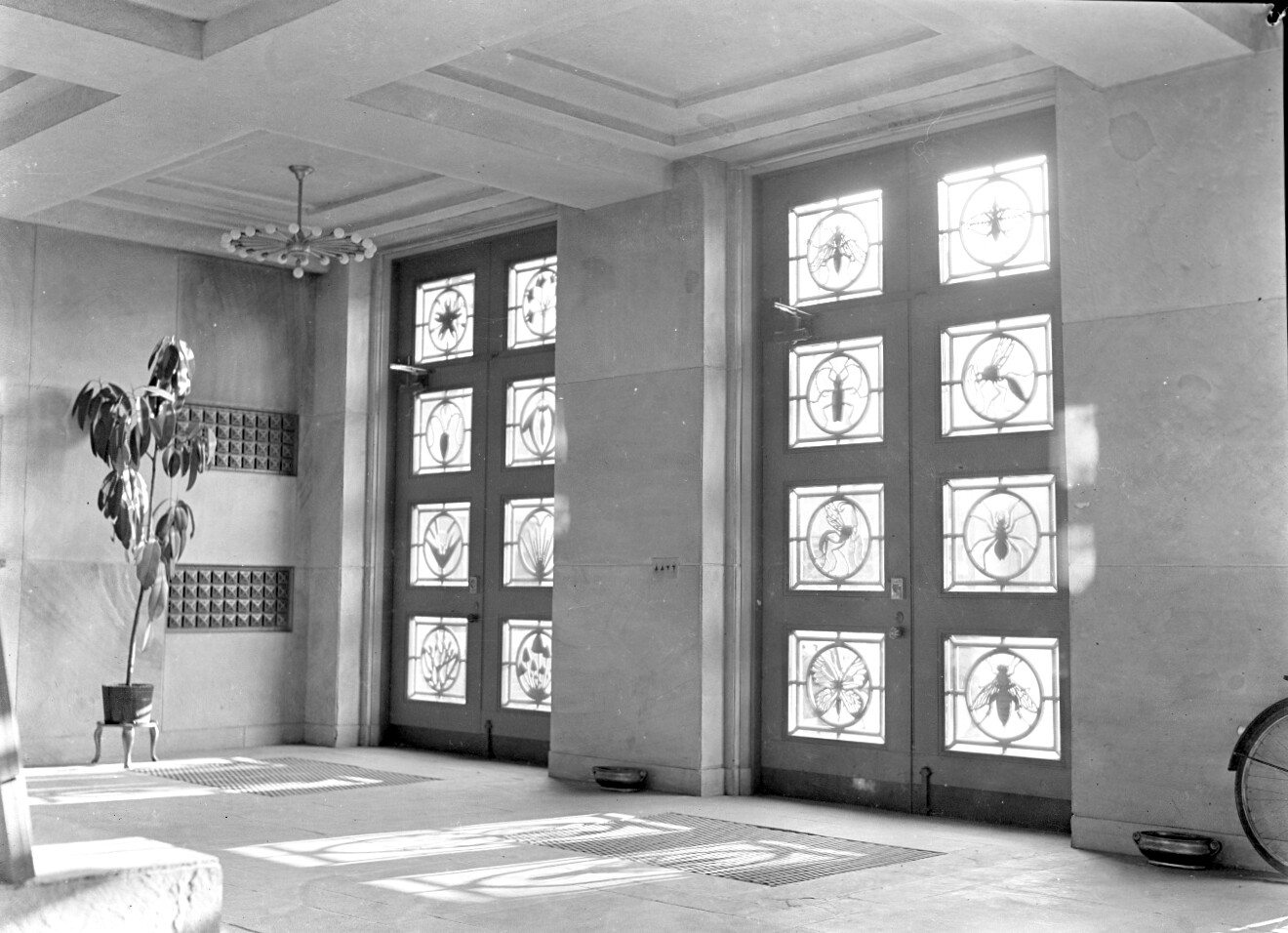
In recent weeks I have been reviewing old family photos in preparation for a covid-delayed memorial. Among the too many pictures of unidentified people and places are some intriguing treasures. The relatives who could tell me more about them are now gone. I can’t ask them, which is one of the more frequent and sad experiences I have these days.
But sometimes it is possible to follow clues in the photos to find the answers. In this case it is a photo that my grandfather took, possibly back in the 1930s. It shows a beautiful composition of light and shadow of a building entrance/lobby. I liked the lighting, but I really enjoyed discovering the detail on the door panels that were casting the shadows: insects and plants. What building would host such artwork?
Google search is an amazing technology. A response to “door panels insects plants” did not yield anything useful, but by adding “Harvard” to the terms (knowing my grandfather had studied biology there) and looking for image results, I found a unique building: the Harvard Biology Laboratory.
The building was built in 1931 and obviously impressed my grandfather, where he likely spent considerable time in it pursuing his doctorate. It continues to impress, as recent posts attest. As I look at the pictures of the outside of the building, who wouldn’t find it intriguing?
It turns out that there are three doors to the entry; my grandfather’s shot depicted two. But there is a hint of another– a bicycle is parked there, and sure enough the current pictures show a third door, adorned by sea creatures. All of them, and the sculptures outside, created by Katherine Lane Weems.
All of this makes me want to visit. I now have a memento from the past that would be fun to re-create!

